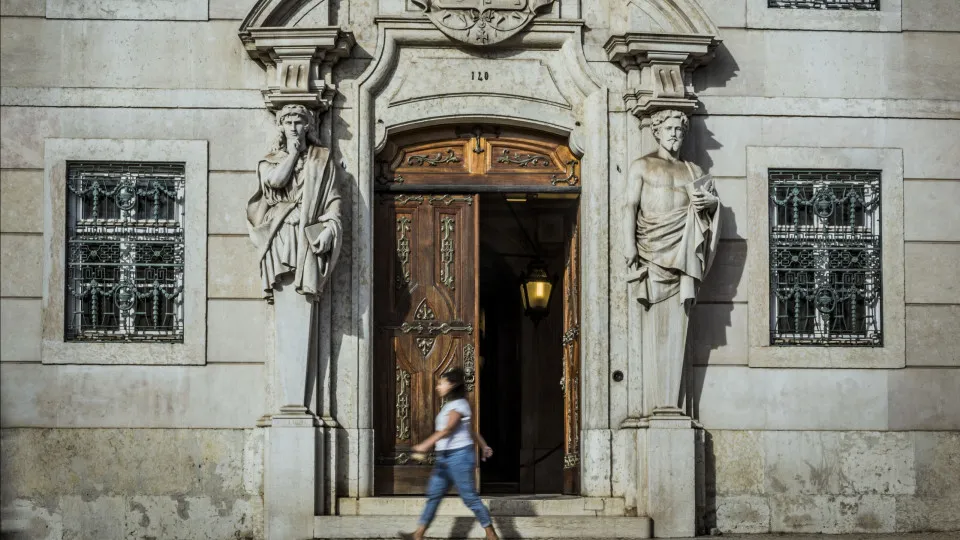
The current geo-chemical gas analysis, including samples collected this week, shows no significant changes, according to Fátima Viveiros, director of the Institute of Volcanology and Risk Assessment (IVAR) at the University of the Azores and head of IVAR’s Gas Geochemistry Scientific Unit.
Seismic activity at the Santa Bárbara volcano has been “above normal reference levels” since June 2022, with the most energetic event occurring on January 14, 2024, registering a magnitude of 4.5 on the Richter scale.
Last week, the alert level for Santa Bárbara increased to V3, indicating “volcanic system in reactivation phase,” due to heightened seismic activity, a “growing trend” compared to earlier in the year, and ongoing but mild “crustal deformation” in the crisis area.
The volcano’s alert level was previously at V3 from June to December 2024, thereafter remaining at V2, indicating “volcanic system in instability phase.”
This week, IVAR researchers conducted gas sampling from the fumaroles at Furnas do Enxofre on Terceira Island, with analyses undertaken at the University of the Azores laboratories on São Miguel Island showing “no significant alterations.”
“These are more complex analyses, as we examine various gas types, including not just carbon dioxide, water vapor, and sulfur, but also gases like nitrogen, argon, and helium, providing a more complete picture of what may be occurring at depth, at least regarding volcanic gases in that area,” explained Fátima Viveiros.
Ground-released gases, soil temperature, and atmospheric gas concentrations were also measured in designated zones, including those specified by Civil Protection.
Measurements took place at Lagoa do Negro, trails in Biscoitos parish, predefined points around Santa Bárbara volcano, and the caldera, monitored since 2022.
“We aimed to repeat measurements at some sites and in the air, as information emerges from Civil Protection, with reports of odors sometimes mistaken for other things,” noted the volcanologist.
In this case, gas and soil temperature readings detected no “significant anomalies.”
Results will now be sent to the IVAR Crisis Office and the Azores Center for Seismovolcanic Information and Surveillance (CIVISA) for assessment of the volcano’s alert level.
The IVAR director emphasized that alert level determination relies on a combination of seismic, crustal deformation, and geochemical parameters, with no anomalies to report at this stage.
“Practically speaking, these data have not altered our existing scenario regarding gas geochemistry,” reiterated the director.
Aside from field campaigns like the recent one, IVAR operates four permanent stations on Terceira Island: two in Furnas do Enxofre, one near Pico Gaspar, and one at the Santa Bárbara volcano crater.
“These stations continuously measure, transmitting hourly data to the University of the Azores, and any changes in collected data are promptly communicated,” emphasized Viveiros.
Typically, sample collection trips to Terceira are quarterly; however, with Santa Bárbara at alert level V3, more frequent field campaigns may be necessary.
“Depending on seismic activity evolution or other emerging parameters, we may need to increase campaign frequency,” admitted Fátima Viveiros.
Monitoring of the volcanic system is ongoing, with a research team always ready to respond if needed.
“Installed stations signal if further action is required, though other circumstances might also indicate the necessity for more frequent campaigns. We must adapt to system behavior,” added the IVAR director.




